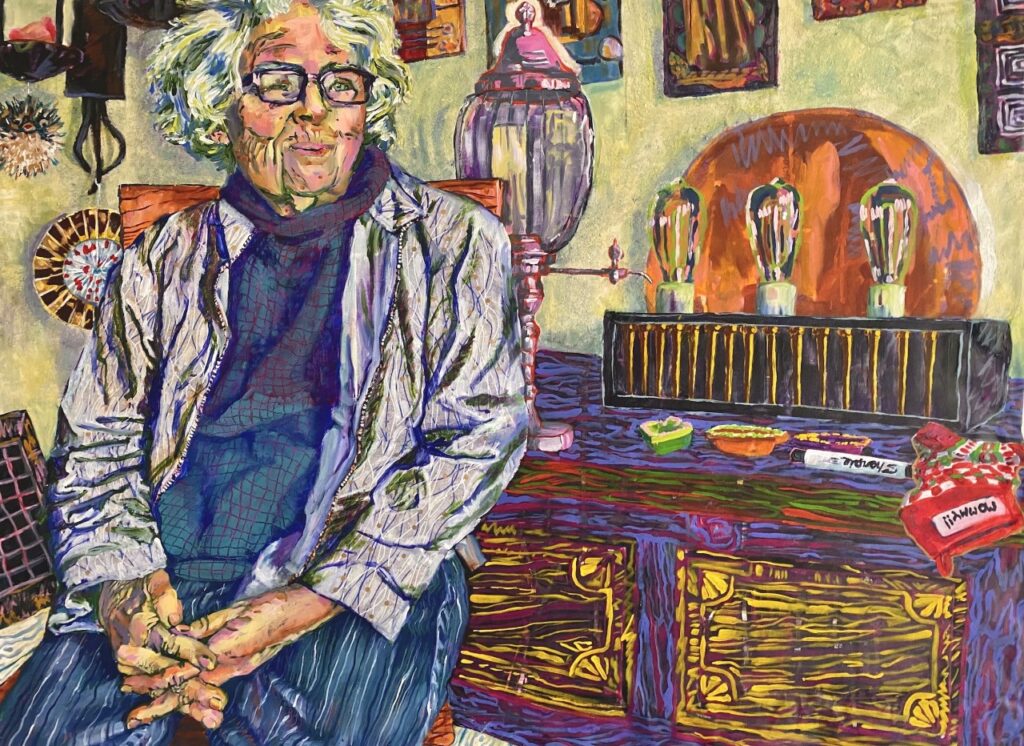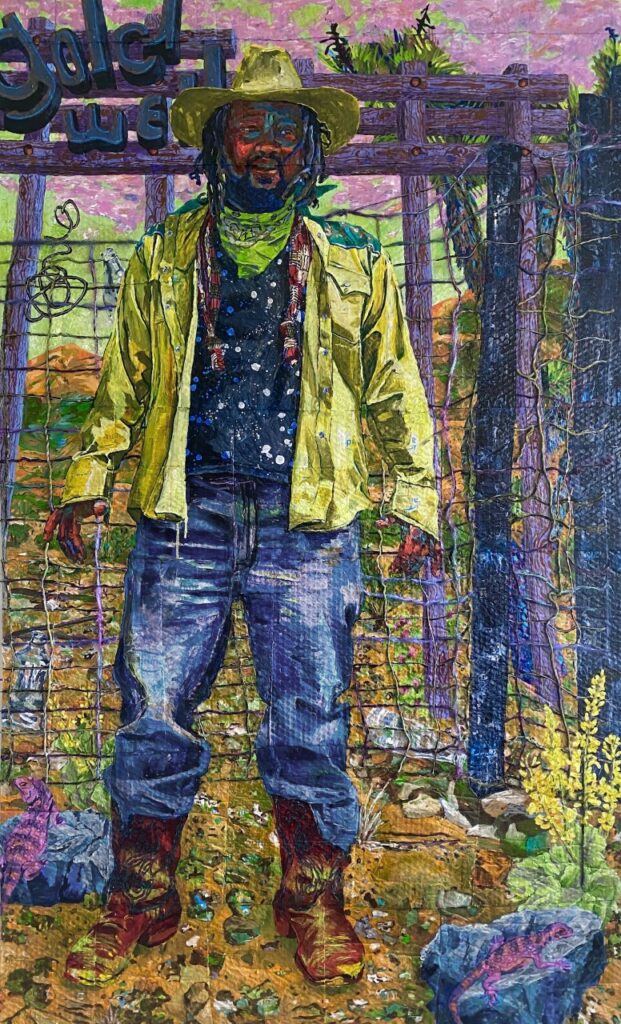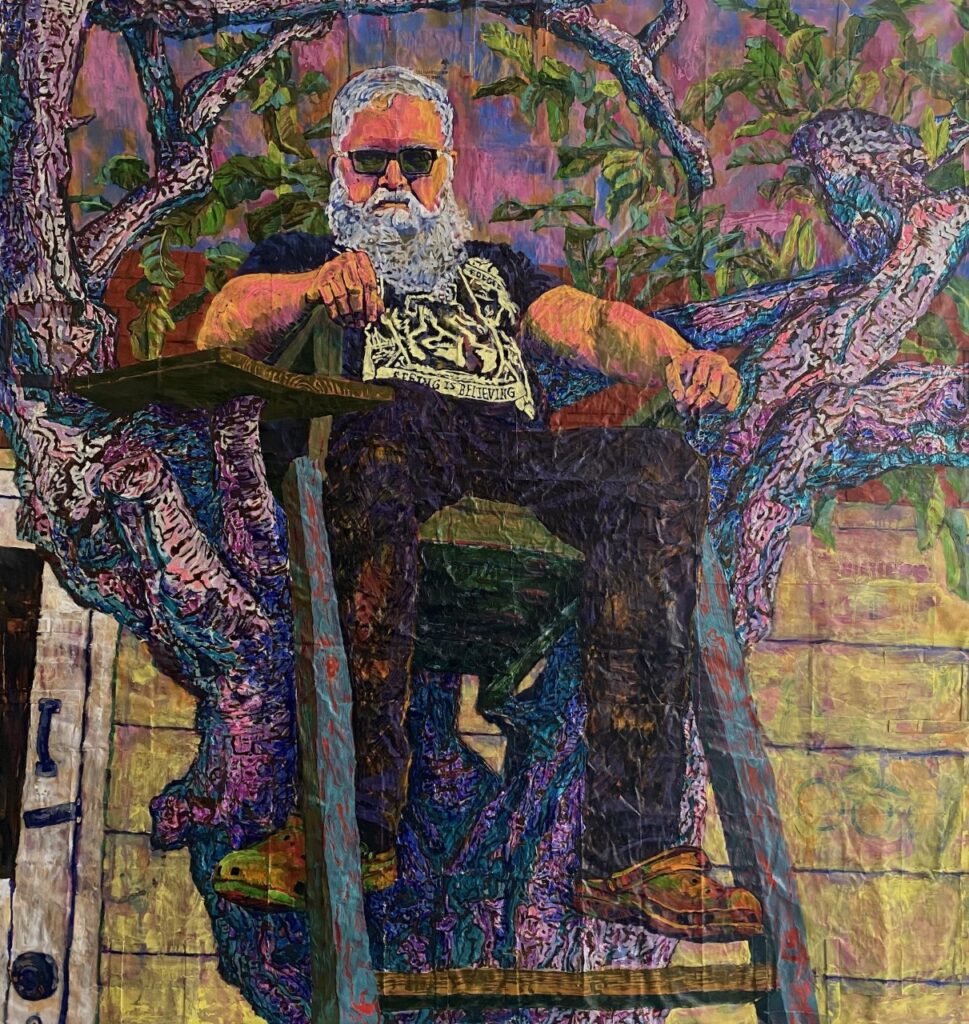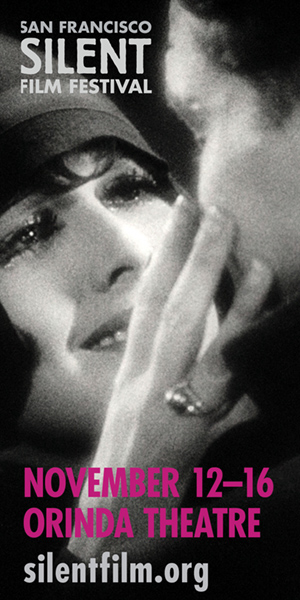Artist Heidi Brueckner discovered art as a young adult, and from then on, it was all she could ever think about—an instinctual imperative. Brueckner feels we are all inherently interested in observing others as a way of understanding ourselves and our species. Her work allows the viewer to form a part of that observation process.
“Being human is a combination of external and internal factors such as personality, appearance, environment, actions, and interactions,” Brueckner told 48hills. “I use both archetypes and portraits as a way to study human nature.”
She describes her work as painterly, striking, and quirky. With vibrant color and texture, her realistic figures come alive in poetic, lively resonance via humorous allegories about morality, environmentalism, and cultural norms. Brueckner’s portraits are individualistic narratives which explore personality through self-presentation, facial expression, and gesture. The work appreciates each subject’s presence and dignity, giving viewers a moment in which to pause and honor each of them.

Brueckner grew up in the college town of Claremont, where her dad was a professor at Pomona College. She moved north to attend UC Santa Cruz in 1986. Later, she relocated to San Francisco, and has been living in the Bay Area ever since, with the exception of three years of grad school in Lawrence, Kansas. Now an Oakland resident, Brueckner says she loves her town.
The artist works from her studio in her Oakmore neighborhood home, where she has lived since 2008. Brueckner works primarily in oil paint, while incorporating a variety of materials into her pieces. At one point, she began experimenting with alternative substrates, engendered by the pile-up of pandemic-related detritus. Paper bags, for example, in the moment in which shoppers were no allowed to bring them into grocery stores. Pieced-together bubble mailers have also made an appearance in her work, accumulated from endless online purchases during the height of the COVID era. She aims to try something new in each work, whether it be materials, form, or content. Always challenging herself, she is in her studio daily, in sessions that can be as short as 20 minutes or up to eight hours.

Since 2020, Brueckner has worked solely on portraits, largely because of her recognition that time with friends and loved ones is precious, limited. She felt called to capture them through the painting ritual. The work has enabled her to think intensely about people close to her, or even those she had briefly met through traveling, especially aware of that missing movement during lockdown.
“The process has been a different way of spending time with or ‘seeing’ people and also reminded me what it’s like to travel and to meet new people,” she said. “It has been quite rewarding and personally important.”
Recently, she has turned her attention to painting people she’s never met, inspired by a family antique photo album that was handed down to her.
Help us save local journalism!
Every tax-deductible donation helps us grow to cover the issues that mean the most to our community. Become a 48 Hills Hero and support the only daily progressive news source in the Bay Area.
“My great-grandfather owned a trading post at a crossroads in Sheridan, WY in the mid to late 1800s, forging many friendships with individuals in the local Crow nation,” Brueckner said. “He was an artist and photographer and they allowed him to take their portraits for both documentary and artistic purposes.”

The artist has completed one painting for a sub-series of portraits based on those photos and is developing the project as she researches further into her family’s presence in Sheridan. She hopes to visit the area and contact living relatives, or even collaborate in some manner with artists of Crow descent.
“I plan to utilize the mailers as substrates, as it is particularly poignant to work on this surface with the Crow portraits,” she said. “I think it speaks to our current environmental pollution crisis and to the ethos of Native Americans, who revere the earth and try to live within the natural world in an ecologically respectful manner.”
Brueckner’s assertive aesthetic uses color as a kind of “equalizer” for how people are depicted. Because her palette is divorced from naturalism, she perceives a minimized association of color with ethnicity in her work. She is interested in politics, music, books, the natural world, travel, and also plays a little saxophone. Having spent the bulk of her working career as a professor of art at Saratoga’s West Valley College for over 20 years, she is now represented by various galleries from coast to coast, and many points in-between. She has several exhibitions slated through the spring of 2023.
To other artists, Brueckner shares this advice:
“Keep doing what you want. Not everyone will get or like your work—that’s OK. Trends in the art world come and go. Maybe at one point your work will align with it, maybe not. Do it for yourself and as a way to enrich your life. That is the most important part of art-making.”
For more information, visit heidibrueckner.com or the artist’s Instagram account.




